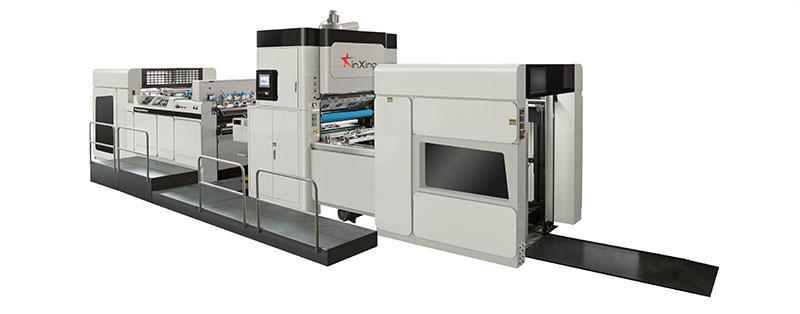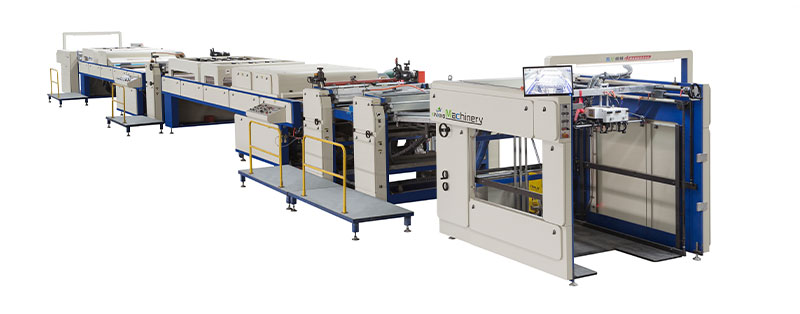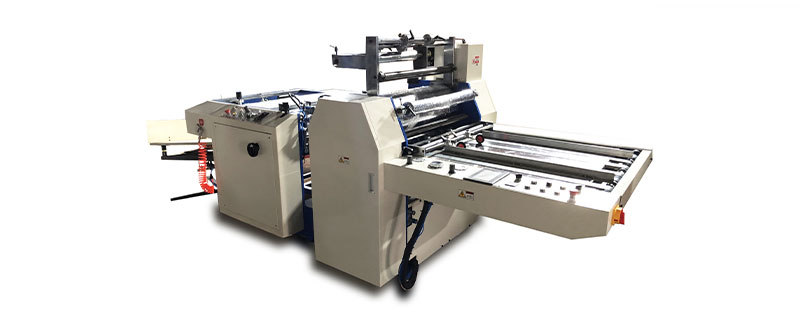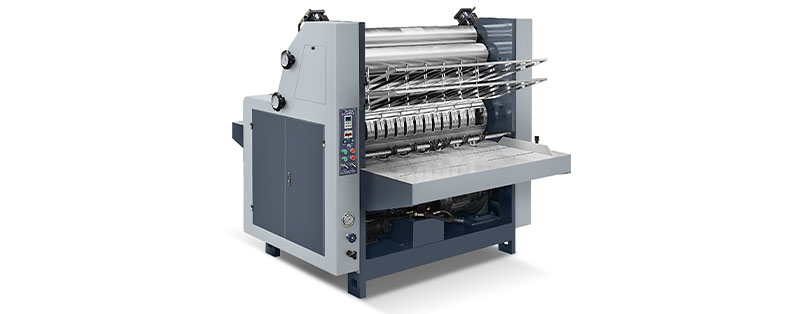Varnish is a transparent, hard, and protective coating that has been used for centuries to enhance and preserve various surfaces. It is typically composed of resins, solvents, and additives, which work together to create a durable and lustrous finish.
Varnish has a wide range of applications. In the world of art, it is applied to paintings to protect the pigments from fading and damage caused by environmental factors such as sunlight, humidity, and dust. Artists carefully choose the type of varnish to achieve the desired effect, whether it's a high-gloss finish to make the colors pop or a matte finish for a more subdued look.
In the furniture industry, varnish is essential for protecting wooden surfaces. It not only gives the furniture a beautiful sheen but also forms a barrier against scratches, water stains, and general wear and tear. Different types of wood may require specific varnishes to enhance their natural grain and color while providing the necessary protection.
Now, let's consider how varnish is applied in modern manufacturing processes, especially with the use of an Automatic Varnishing Machine.
Q: What is an Automatic Varnishing Machine?
A: An Automatic Varnishing Machine is a sophisticated piece of equipment designed to apply varnish to various substrates with precision and efficiency. It has replaced many of the traditional manual varnishing methods in industries where high-volume production is required.
Q: How does an Automatic Varnishing Machine work?
A: These machines typically operate by first preparing the surface to be varnished, ensuring it is clean and free from any debris or imperfections. Then, the varnish is carefully dispensed through a series of nozzles or rollers in a controlled manner. The machine is programmed to apply a specific amount of varnish evenly across the surface, whether it's a flat piece of wood, a printed paper, or a metal component. It also has a drying mechanism, which may use heat, air circulation, or ultraviolet light to cure the varnish quickly and effectively.
Q: What are the advantages of using an Automatic Varnishing Machine?
A: One of the main advantages is the consistency of the varnish application. Unlike manual methods, where the thickness and quality of the varnish layer can vary from one operator to another, the machine ensures a uniform coating every time. This is crucial in industries such as packaging, where the appearance and durability of the varnished surface need to be of a high standard. It also significantly increases production speed, allowing for large quantities of products to be varnished in a short amount of time. Additionally, modern Automatic Varnishing Machines are often equipped with advanced features like automated cleaning systems and quality control sensors, which further enhance their efficiency and reliability.
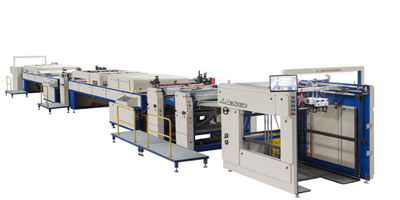
In conclusion, varnish is a versatile and valuable coating, and the development of Automatic Varnishing Machines has revolutionized the way it is applied in many industries. Whether it's for protecting and beautifying furniture, enhancing the quality of printed materials, or adding a finishing touch to various products, varnish and the machines that apply it play an important role in modern manufacturing and production.


